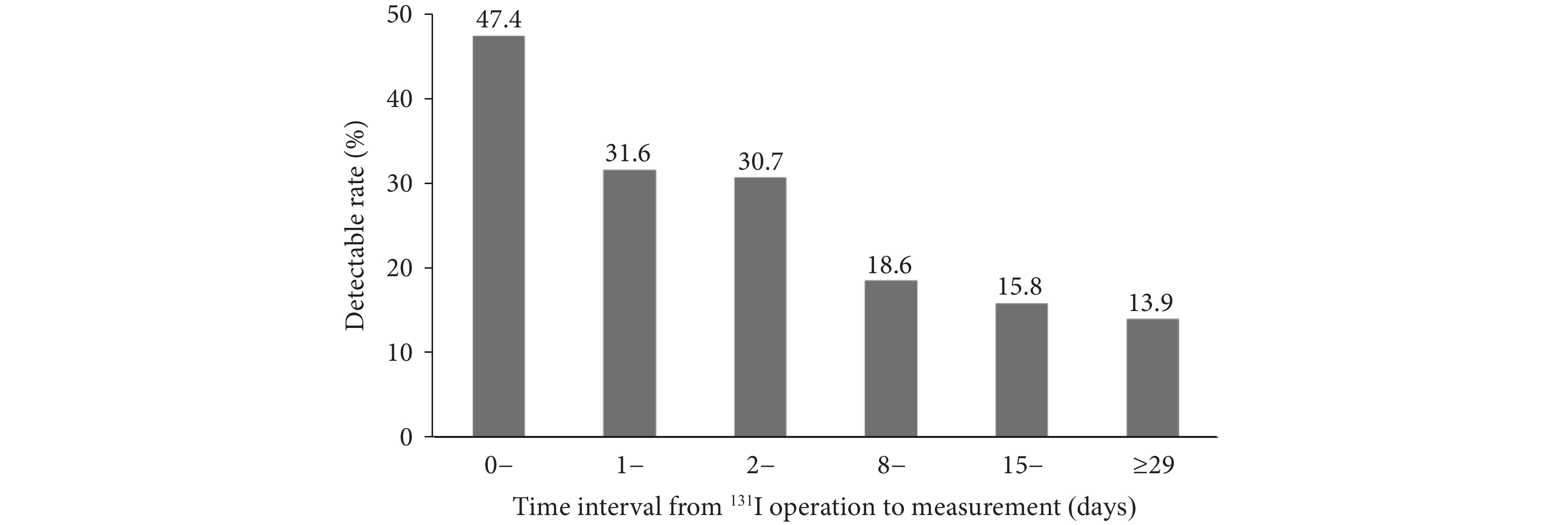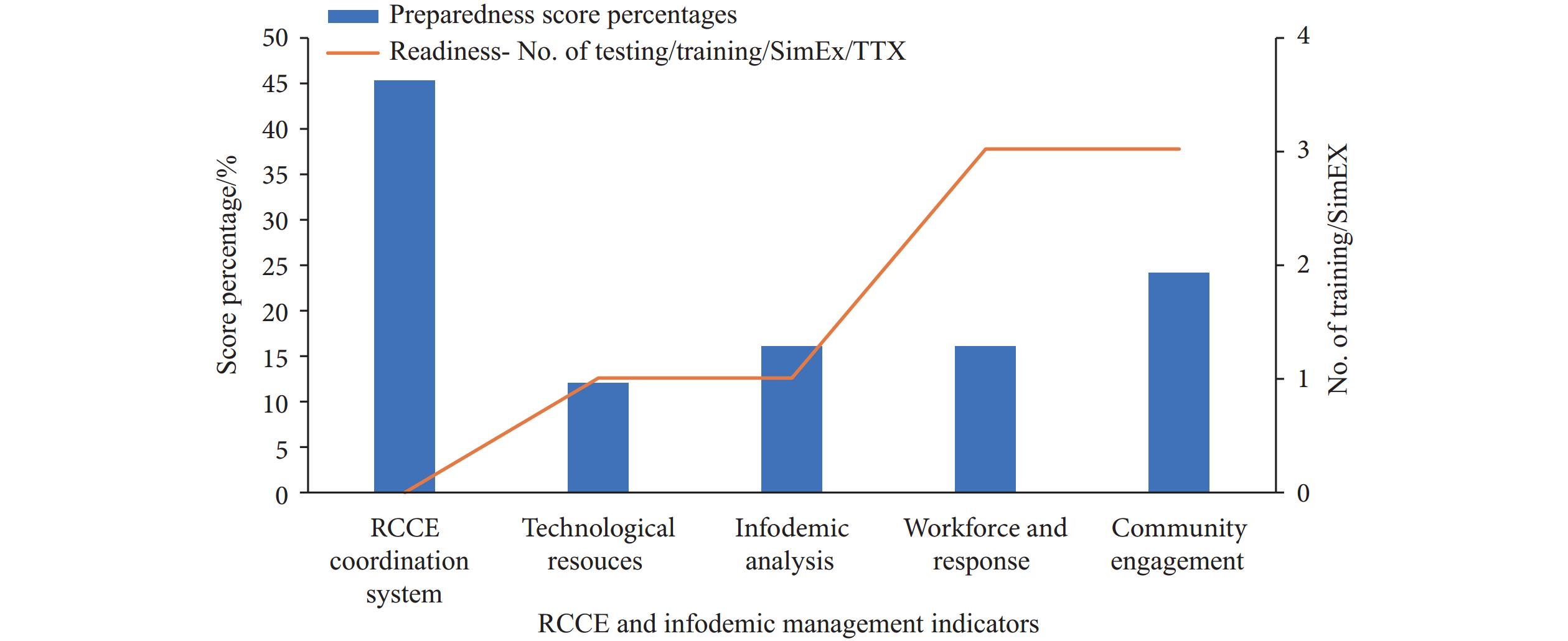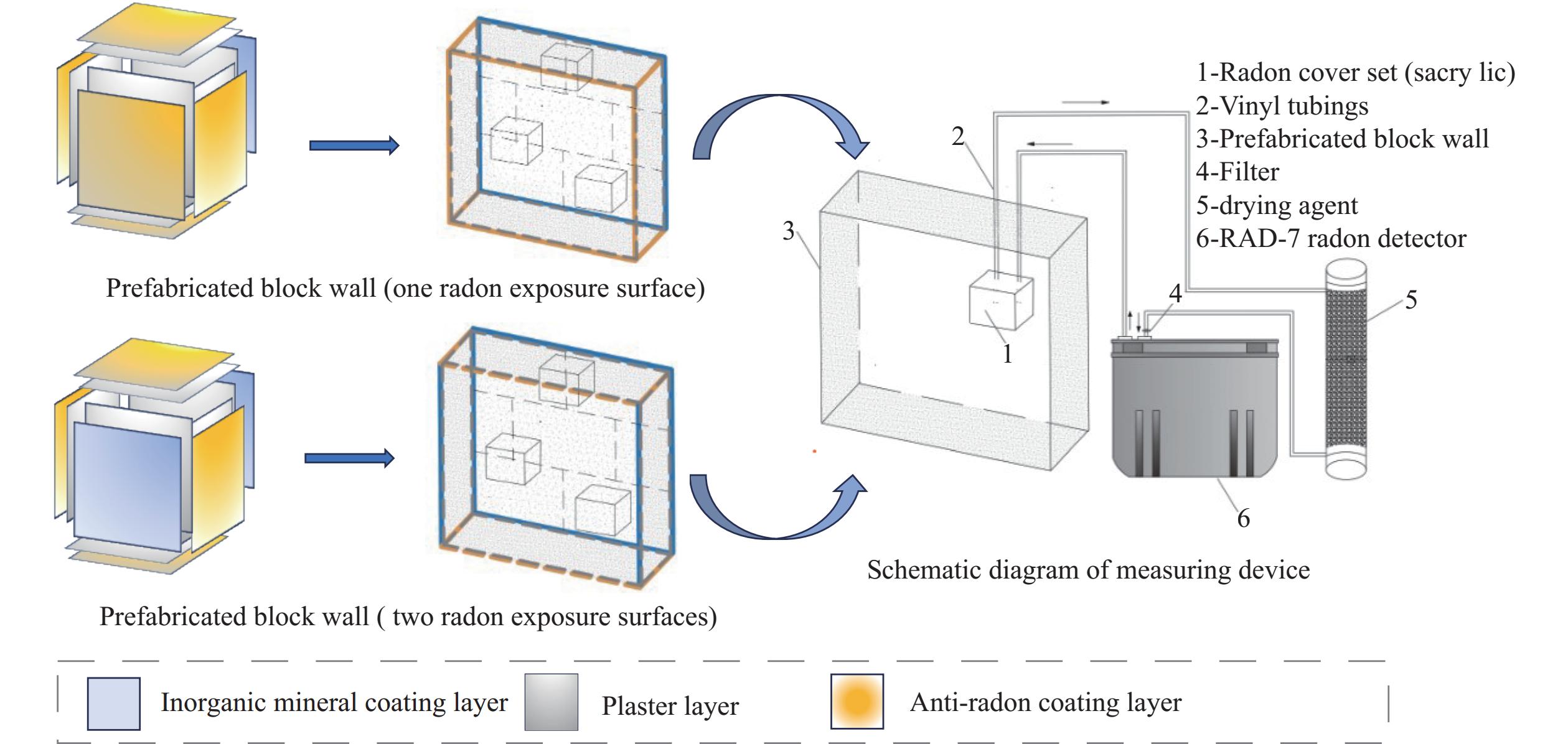2025 Vol. 7, No. 11
Healthcare workers in 131I treatment facilities face potential occupational internal exposure through inhalation of volatile radioiodine, in addition to external exposure.
This study presents the first comprehensive national monitoring data on internal exposure among Chinese nuclear medicine (NM) workers. Approximately one-fifth of personnel working at radioiodine treatment sites showed detectable levels of 131I in their thyroid tissue.
These findings provide essential baseline data for enhancing radiation protection protocols in NM facilities and optimizing national internal exposure monitoring.
The transmission of emerging and re-emerging arboviruses represent a critical challenge to blood transfusion safety worldwide.
This study established a comprehensive quality assurance system for Dengue virus (DENV), Zika virus (ZIKV), and Chikungunya virus (CHIKV) nucleic acid testing (NAT) blood screening. The system included external quality assessment (EQA) implementation across all participating central blood stations and performance evaluation of six domestic blood screening reagents. Surveillance conducted in Yunnan Province and Guangxi Zhuang Autonomous Region revealed no positive cases among 45,383 blood samples screened in 2022. In 2023, screening of 44,972 blood donors identified 9 NAT-reactive samples at the Xishuangbanna central blood station, with 6 confirmed as DENV-1 positive.
Blood stations in border regions must implement comprehensive surveillance systems with enhanced detection sensitivity and robust early warning mechanisms to effectively address emerging disease threats and ensure transfusion safety.
Current evidence regarding which clinical manifestations best predict influenza requires refinement, particularly considering regional variations in disease presentation and their importance for early diagnosis and surveillance.
The optimal machine learning model identified key influenza predictors, including epidemiological characteristics, critical symptoms and signs, and age. Based on this model, we introduced a new influenza-like illness (ILI) definition characterized by fever (≥37.9 °C) with either cough or rhinorrhea.
These findings provide evidence-based clinical manifestations for influenza prediction and offer an optimized definition of ILI for improved surveillance and early detection.
The infodemics can increase the burden of outbreaks and emergencies. Many of the studies documented the impact and emergence of the infodemic situation during epidemics or pandemics in recent years. There is limited evidence on the preparedness and readiness of health departments to effectively manage the infodemic situation.
This research provides a comprehensive assessment of the health department’s capabilities in crisis emergency risk communication and infodemic management, identifying key best practices, challenges and bottlenecks. It contributes to the field by offering a framework and methodologies for evaluating these capacities, aiding in improving infectious diseases outbreak response public health emergency management.
Countries and health departments can benefit from these insights by assessing the level of preparedness and readiness in this field and to implement targeted interventions to enhance their preparedness and response capabilities to misinformation and disinformation.
This study aimed to establish a new predictive model for indoor radon concentrations.
We constructed a radon experimental model using prefabricated block walls and measured surface radon exhalation rates across multi-layer walls. The geometric parameters of various building envelopes (walls, floors, and roofs) were incorporated to calculate indoor radon concentrations from each source. Natural ventilation rates were also considered in developing the indoor radon concentration prediction model.
Using closed-loop measurements, we determined the surface radon exhalation rates of prefabricated block walls and established fitting functions for multiple walls under varying temperatures and thicknesses. Based on indoor geometric parameters and natural ventilation rates, we developed a comprehensive prediction model for indoor radon concentrations. The model accurately predicted indoor equilibrium radon concentrations from prefabricated walls (thickness 0.155–0.268 m) at 23 ℃, with deviations less than 10% from measured values within ventilation rates of 0.115±0.015 /h.
This scientifically rigorous and practical approach to predicting radon concentration, based on building composition and measurements of radon exhalation rates, enables proactive assessment of indoor radon concentrations and facilitates evidence-based health risk prevention strategies.



 Subscribe for E-mail Alerts
Subscribe for E-mail Alerts CCDC Weekly RSS Feed
CCDC Weekly RSS Feed



